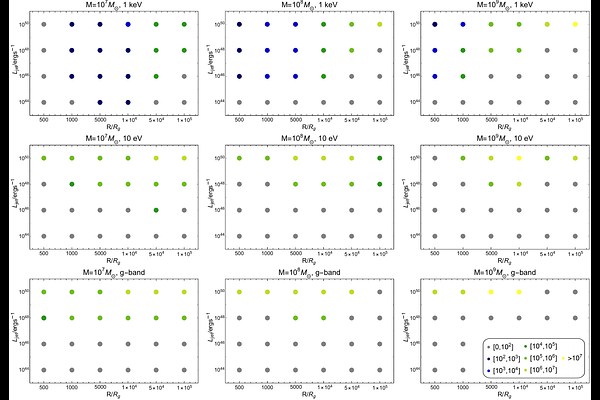Observational Properties of Thermal Emission from Relativistic Jets Embedded in AGN Disks

Observational Properties of Thermal Emission from Relativistic Jets Embedded in AGN Disks
Ken Chen, Zi-Gao Dai
AbstractRelativistic jets can be produced within the accretion disk of an active galactic nucleus (AGN), leading to distinct thermal emission as they propagate through a dense disk environment. In this paper, we present a comprehensive study of dynamical evolution of jets embedded in an AGN disk and their associated observational properties, focusing on scenarios in which jets either successfully break out of the disk or become choked. By modeling the jet-cocoon system propagation, we calculate the thermal emission contributions from the jet-head shock breakout, disk cocoon, and jet cocoon components. Our results reveal that soft X-ray flares are the most prominent observable signatures, with duration ranging from O(10^2) s to O(10^5) s, occasionally exhibiting double-peaked light curves, whereas UV/optical flares are detectable only for powerful jets, persisting for several days to tens of days. This thermal emission serves as a critical electromagnetic counterpart to jet-producing events and provide insights into jet dynamics and AGN disk properties. Our findings highlight the importance of multi-wavelength follow-up observations to establish a diagnostic paradigm for candidate electromagnetic counterpart identification to AGN-embedded events and to distinguish thermal flares from AGN background variability.